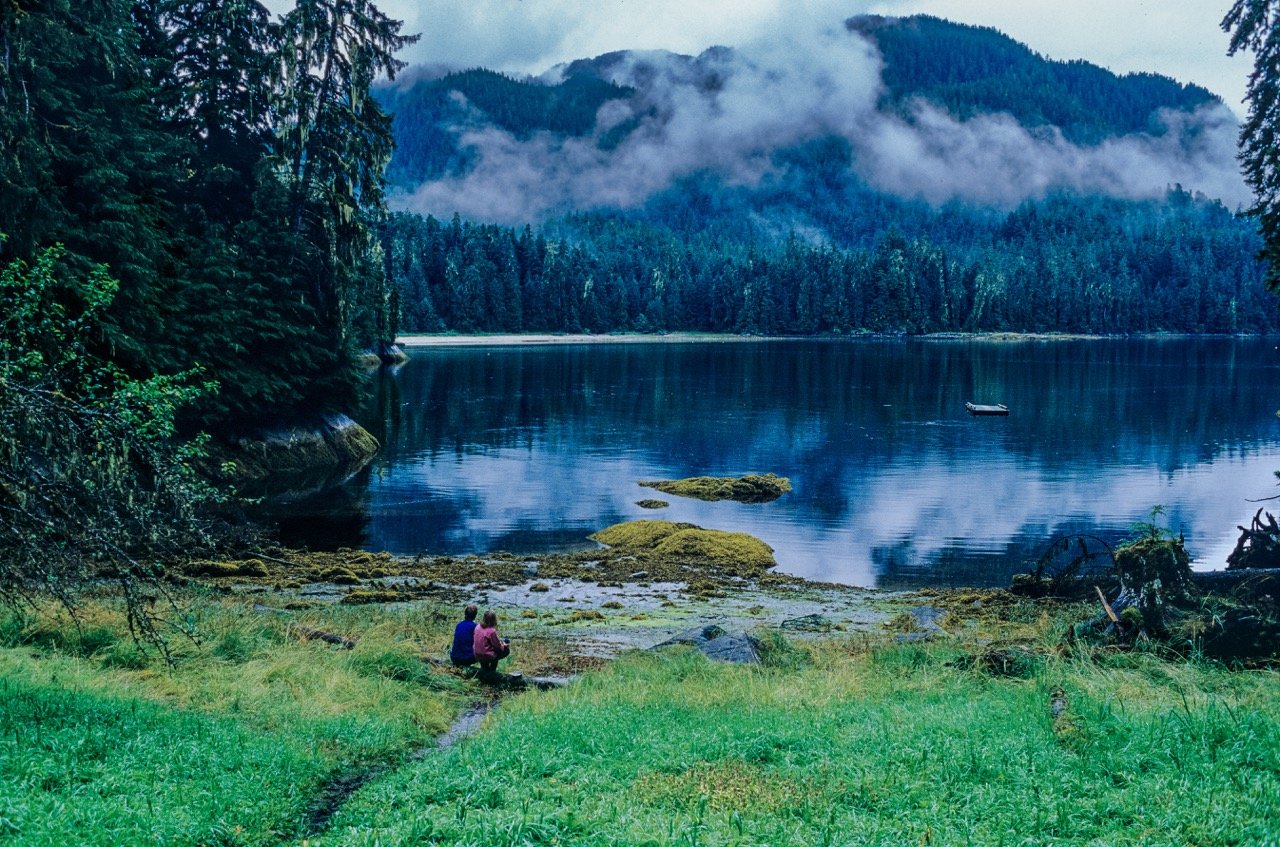SalmonState commends Roadless Rule reinstatement
Decision supports sustainability strategy, community-led initiatives in Southeast Alaska
Photo by Howie Garber
JUNEAU—SalmonState commends the U.S. Department of Agriculture’s decision today to reinstate the 2001 Roadless Area Conservation Rule, which comes in response to overwhelming support in Southeast Alaska. The reinstatement is a core element of the U.S. Forest Service’s Southeast Alaska Sustainability Strategy — a new approach to land management and development that puts Southeast Alaskan communities and Tribes squarely in the lead.
“Southeast Alaska is in an exciting new era. We look forward to working with the Forest Service as Alaskans figure out how to make tourism, fisheries, and the Tongass National Forest work better for Alaskans,” said Dan Kirkwood, Southeast Futures Program Manager. “The Sustainability Strategy is where I'm seeing energy and opportunity to develop co-stewardship with Tribes and new ways of doing business that are scaled to our communities. This decision allows working forests and protects the things we love about Southeast.”
Southeast Alaska is home to diverse urban and rural communities and is the ancestral and unceded territory of the Tlingit, Haida and Tsimshian peoples. Wild salmon are deeply important to the region. The forests birth 25% of the wild salmon caught on the West Coast. Wild salmon spawned in the Tongass’s more than 5,000 salmon streams not only nourish the ecosystem, traditional ways of life and Southeast Alaskans, but the economy: commercial fishing contributes $1 billion to Southeast’s economy each year and is one of the region’s biggest employers. Fishing and the visitor industry, which attracts people from around the world and relies on Southeast Alaska’s dramatic natural beauty, together account for 25% of Southeast Alaska’s employment.
The Tongass’ old growth is also an important buffer for climate change. The Tongass contains the greatest concentration of old-growth forests in the nation, storing a massive amount of carbon.
The Southeast Alaska Sustainability Strategy prioritizes locally-led sustainable economic development; stream restoration; resiliency to a changing climate; and recreation.

